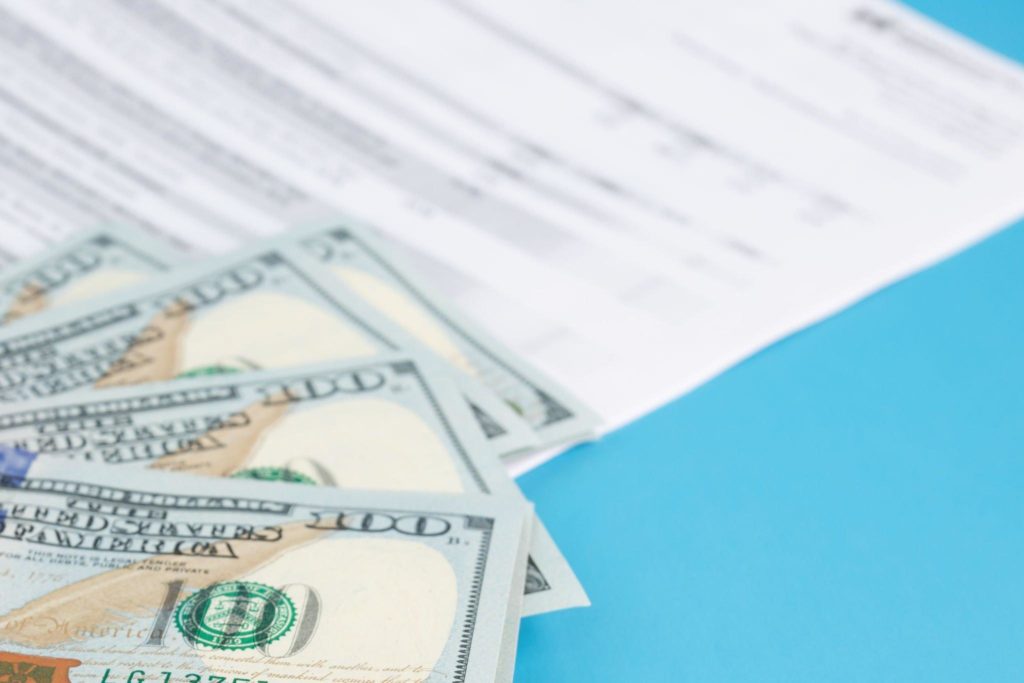In the realm of real estate investments, it is crucial to have a solid grasp of various financial terms and concepts. One such concept that investors often encounter is the preferred return. The preferred return, also known as the preferred dividend or priority return, plays a significant role in real estate partnerships, particularly in the realm of commercial real estate.
In this comprehensive guide, we will delve into the intricacies of the preferred return, its significance, and how it impacts real estate investments.
What is a Preferred Return?
A preferred return refers to a predetermined rate of return that is provided to certain investors before other investors or partners receive their share of profits or distributions. It is often expressed as a percentage and is calculated based on the initial capital investment or the net asset value (NAV) of the investment.
The purpose of the preferred return is to provide a consistent and predictable income stream to investors, particularly those who have contributed a substantial amount of capital or have a preferred status in the partnership.
You Can Also Check: How To Find Undervalued Real Estate For Investing
Key Elements of a Preferred Return
Rate of Return
The rate of return associated with a preferred return is typically set at the outset of the investment. It serves as a benchmark to determine the minimum return that the preferred investors will receive before other partners receive their share of profits.
Cumulative vs. Non-Cumulative
Preferred returns can be either cumulative or non-cumulative. In the case of cumulative preferred returns, any unpaid or deferred distributions accumulate and must be paid to the preferred investors before other investors receive their shares. Non-cumulative preferred returns, on the other hand, do not accumulate if they are not paid out.
Priority of Payments
The preferred return is prioritized over other forms of distribution or profit-sharing. This means that until the preferred investors receive their designated rate of return, other investors may not receive any profits.

Waterfall Structure
The preferred return is often incorporated into a broader distribution framework called the waterfall structure. The waterfall structure outlines the order in which profits or cash flows are distributed among investors based on specific conditions and thresholds.
Why is the Preferred Return Important?
The preferred return is a crucial component of real estate partnerships, and understanding its importance is vital for investors. Here are some key reasons why the preferred return holds significance:
Attracting Capital
Offering a preferred return can be an attractive feature for potential investors. The assurance of a consistent income stream can entice investors to commit their capital to a real estate project or partnership.
Risk Mitigation
The preferred return acts as a safeguard for investors by ensuring they receive a predictable return on their investment before other partners or investors. This mitigates the risk of potential fluctuations in profit distribution.
Alignment of Interests
By providing a preferred return, real estate partnerships can align the interests of investors and sponsors. It demonstrates a commitment to prioritizing the financial well-being of investors and fosters a sense of trust and collaboration.
Competitive Advantage
A well-structured preferred return can give a real estate partnership a competitive edge. It showcases the professionalism and financial acumen of the sponsors, making the investment opportunity more appealing to potential investors.
Factors Affecting Preferred Return
Several factors can influence the preferred return in a real estate investment. Here are some key considerations:
Market Conditions
Economic factors, such as interest rates and overall market performance, can impact the preferred return. In a low-interest-rate environment, preferred returns may be relatively lower due to reduced risk-free rates of return.

Property Performance
The financial performance of the underlying property significantly affects the ability to achieve the preferred return. Factors such as occupancy rates, rental income, and expenses directly influence the cash flow available for distributions.
Sponsor Experience and Track Record
The experience and track record of the sponsor or the real estate company managing the investment plays a vital role. A proven track record of successful investments and expertise in the market can enhance the likelihood of achieving the preferred return.
Investor Demand
The demand for a particular investment opportunity can impact the preferred return. In highly competitive markets or sought-after property types, investors may accept lower preferred returns due to the perceived value and potential for capital appreciation.
Conclusion
In conclusion, the preferred return is a fundamental concept in real estate investments, particularly in commercial real estate partnerships. It provides a predetermined rate of return to certain investors before others receive their share of profits.
The preferred return not only attracts capital but also mitigates risks, aligns interests, and offers a competitive advantage to real estate partnerships. Understanding the factors that influence the preferred return is crucial for investors to make informed investment decisions.

